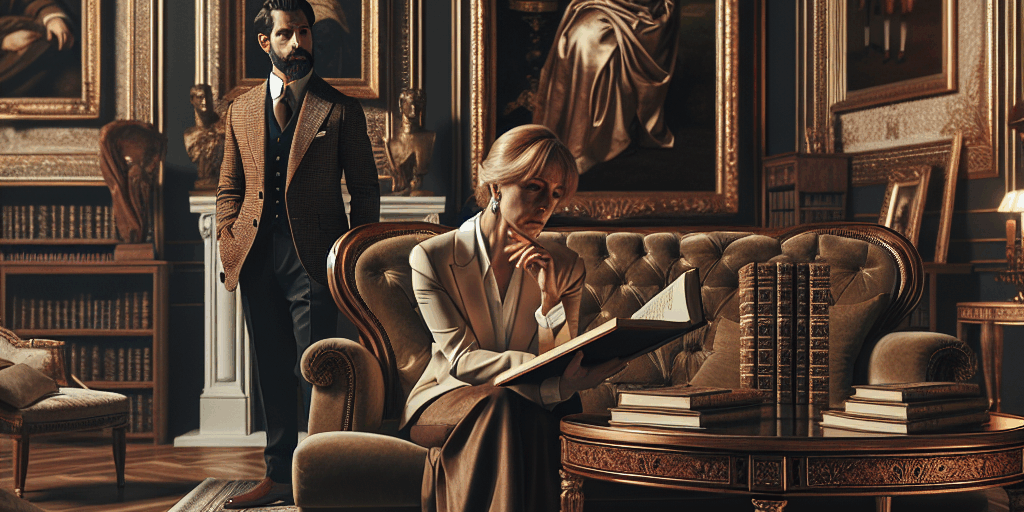Art collecting is often seen as an elite pursuit, synonymous with wealth and status. However, building a high-net-worth art collection is not just about financial investment; it is an enriching journey that combines aesthetic appreciation, emotional resonance, and strategic financial planning. Here are essential tips for curating wealth through art collection.
1. Define Your Vision and Aesthetic
Before diving into purchases, take time to define your vision. What do you love? What themes or styles resonate with you? Answering these questions will guide your collection’s direction. Consider focusing on genres that interest you—be it contemporary, classical, or a specific cultural art.
Tip: Create a mood board or digital collection of artworks that inspire you. This visual reference can help clarify your aesthetic preferences.
2. Educate Yourself
Understanding art movements, influential artists, and market trends is crucial for making informed decisions. Attend art fairs, exhibitions, and auctions; read books, articles, and catalogs; and immerse yourself in art history and theory.
Tip: Consider art education programs or online courses. Knowledge will empower you to discern genuine investment opportunities from fleeting trends.
3. Establish a Budget
Art, like any investment, requires a financial strategy. Determine a budget not only for acquisitions but also for related costs—insurance, maintenance, installation, and storage can add up quickly. Assess the potential return on investment (ROI) but remember that art should primarily be about passion.
Tip: Allocate only a subset of your portfolio to art, ensuring you maintain a balanced investment strategy across other assets.
4. Network with Experts
Building relationships with galleries, curators, auctioneers, and other collectors is invaluable. These connections can lead to exclusive sales, early access to new talent, and insights into emerging trends.
Tip: Attend exclusive gallery openings, art fairs, and charity auctions to meet like-minded individuals and industry insiders. Online forums and social media groups dedicated to art collecting can also provide networking opportunities.
5. Conduct Thorough Research
Before purchasing any artwork, conduct comprehensive research. Investigate the artist’s background, past sales, and future potential. Understand the provenance (history of ownership) as it significantly impacts a piece’s value.
Tip: Utilize resources like auction house catalogs and databases to analyze market trends. Consulting with appraisers or art consultants can also provide additional layers of assurance.
6. Invest in Quality over Quantity
A well-curated collection focuses on quality rather than sheer volume. Choose pieces that evoke emotion and bring joy, and invest in works by artists with strong reputations. Each acquisition should enhance the collection’s overall cohesiveness.
Tip: Consider acquiring works by emerging artists whose prices may rise as their reputations grow. A balanced mix of established and up-and-coming talent can yield significant returns.
7. Frame and Display Thoughtfully
The presentation of your collection matters as much as the art itself. Invest in high-quality framing and appropriate lighting, as well as a well-thought-out display that tells a story. This can enhance not only the aesthetic appeal of the art but also its market value.
Tip: Hire a professional art installer or home decorator specializing in art placement to create an inviting atmosphere that encourages appreciation.
8. Keep Detailed Records
Maintaining detailed documentation of acquisitions, including invoices, provenance records, and insurance appraisals, is crucial. These records not only help in managing the collection but are essential for insurance and potential resale.
Tip: Use digital tools or dedicated software for tracking and managing your art collection. This can simplify record-keeping and provide quick access to important information.
9. Reevaluate and Adapt
Art markets fluctuate, and tastes evolve. Regularly reevaluate your collection, considering current market conditions and personal tastes. Be open to selling pieces that no longer fit your vision or that may fetch a high return on investment.
Tip: Schedule annual reviews of your collection to discuss growth, diversification, or potential sales with trusted advisors or art consultants.
10. Enjoy the Journey
Finally, remember that art collecting should be an enjoyable and meaningful experience. It presents opportunities for personal growth, aesthetic pleasure, and cultural engagement. Surround yourself with art that inspires and moves you.
Tip: Attend exhibitions, artist talks, and workshops; invite artists to discuss their work; and foster relationships that deepen your appreciation for the art world.
Building a high-net-worth art collection blends passion with strategy. By following these essential tips, you can cultivate a collection that reflects your unique vision while potentially appreciating in value over time. Remember, it’s not just about acquiring assets; it’s about creating a legacy of beauty and cultural significance.










